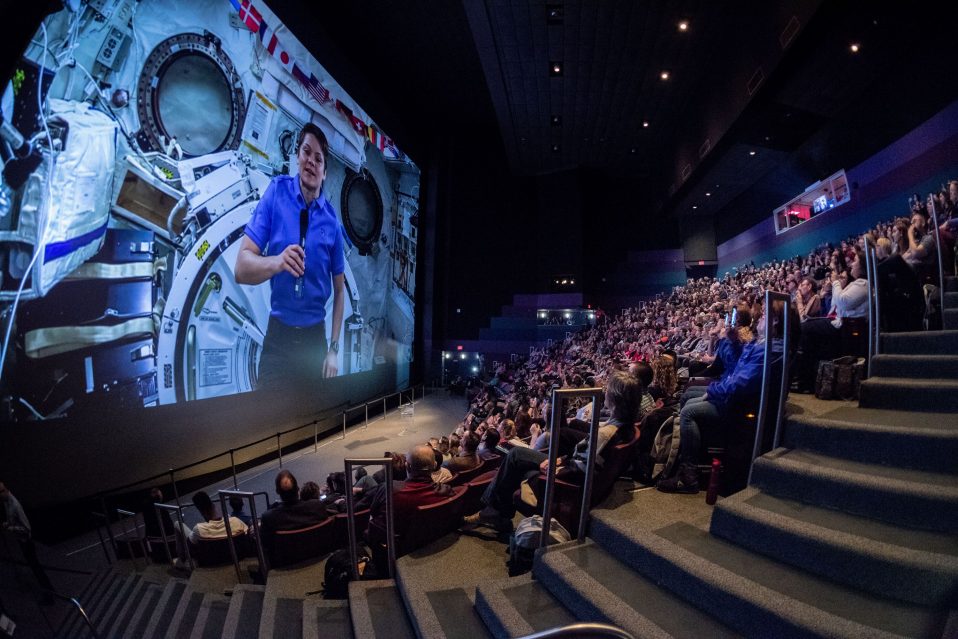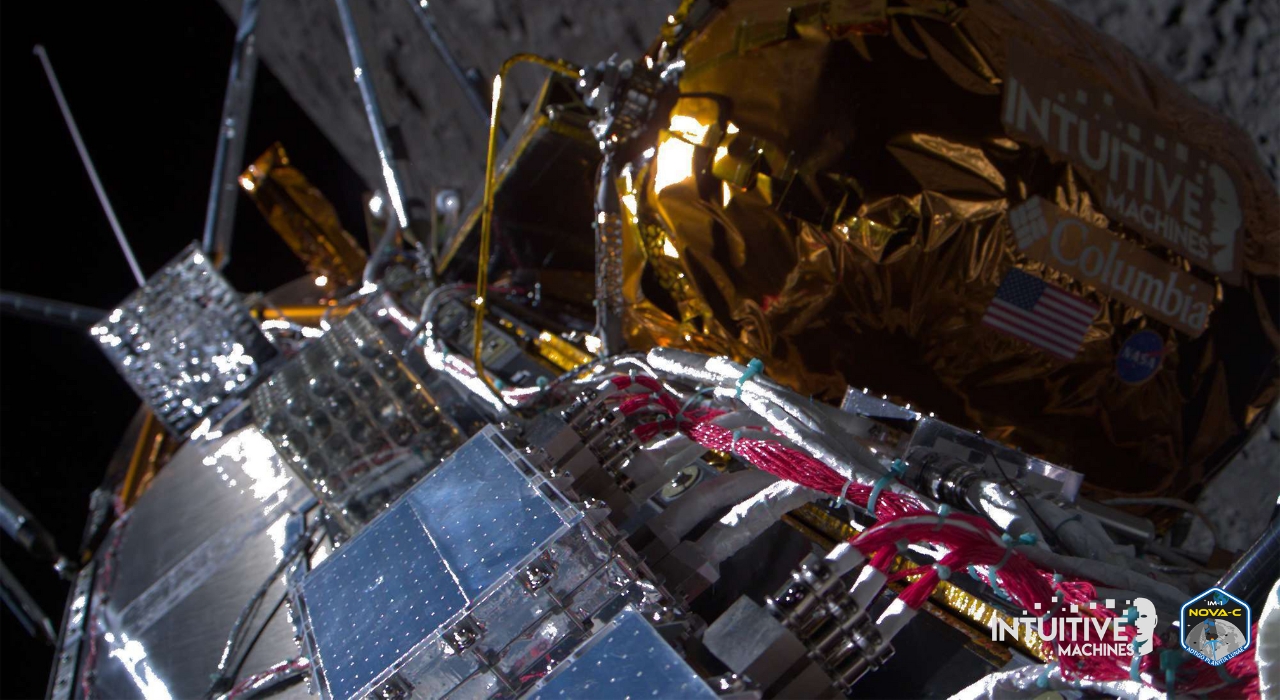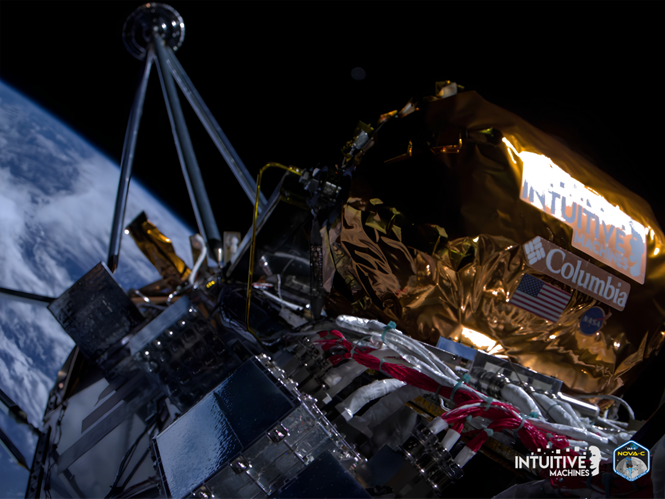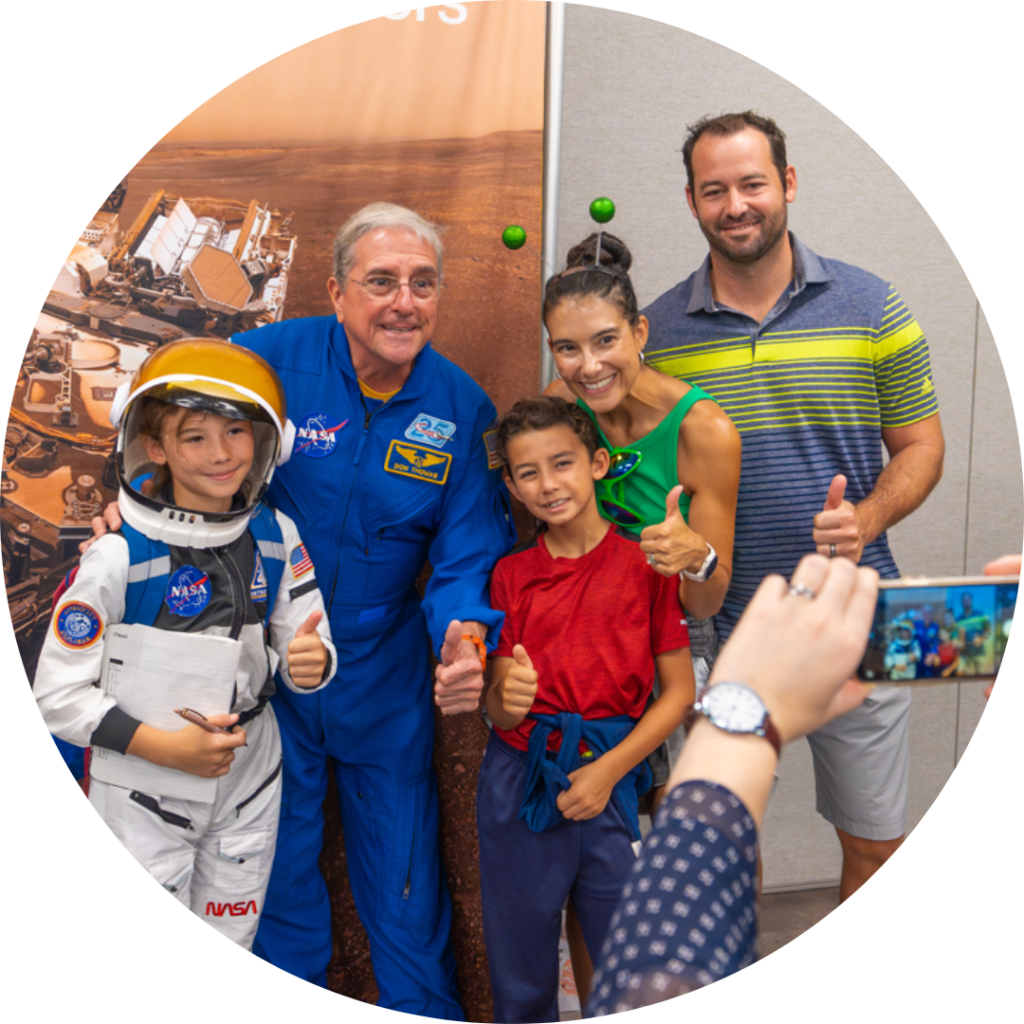Space Station vocabulary
- Module: a self-contained unit of a spacecraft
- Truss: a beam that serves as the space station’s backbone to which some parts are connected
- Airlock: an airtight room with two entrances that allows an astronaut to go on a spacewalk without letting the air out of the spacecraft
- Microgravity: the condition of being weightless, or of the near absence of gravity
Did you know this year marks 20 years of continuous human habitation aboard the International Space Station?
NASA’s mission to build an International Space Station (ISS) began in 1984 with a directive from President Reagan. The first ISS segment launched November 1998, and crews have lived continuously aboard the floating laboratory since November 2000.
10 quick facts about the space station
- In 24 hours, the space station makes 16 orbits of Earth, traveling through 16 sunrises and sunsets
- The space station travels an equivalent distance to the Moon and back in about a day.
- An international crew of six people live and work while traveling at a speed of five miles per second, orbiting Earth about every 90 minutes.
- 239 individuals from 19 countries have visited the International Space Station.
- A spacecraft can arrive at the space station as soon as six hours after launching from Earth.
- The large modules and other pieces of the station were delivered on 42 assembly flights, 37 on the U.S. space shuttles and five on Russian Proton/Soyuz rockets.
- Astronauts and cosmonauts have conducted more than 221 spacewalks (and counting!) for space station construction, maintenance and upgrades since December 1998.
- Through Expedition 58, the microgravity laboratory has hosted more than 2,700 research investigations from researchers in more than 103 countries.
- The space station is 357 feet end-to-end, one yard shy of the full length of an American football field including the end zones.
- The acre of solar panels that power the station means sometimes you can look up in the sky at dawn or dusk and see the spaceship flying over your home, even if you live in a big city. Spot the station.
Primary goals of the space station
The ISS is a unique blend of unified and diversified goals among the world’s space agencies that will lead to improvements in life on Earth for all people of all nations.
While the various space agency partners may emphasize different aspects of research to achieve their goals in the use of the ISS, they are unified in several important overarching goals.
- All of the agencies recognize the importance of leveraging the ISS as an education platform to encourage and motivate today’s youth to pursue careers in math, science, engineering, and technology (STEM): educating the children of today to be the leaders and space explorers of tomorrow.
- Advancing our knowledge in the areas of human physiology, biology, and material and physical sciences and translating that knowledge to health, socioeconomic, and environmental benefits on Earth is another common goal of the agencies: returning the knowledge gained in space research for the benefit of society.
- Finally, all the agencies are unified in their goals to apply knowledge gained through ISS research in human physiology, radiation, materials science, engineering, biology, fluid physics, and technology: enabling future space exploration missions.







